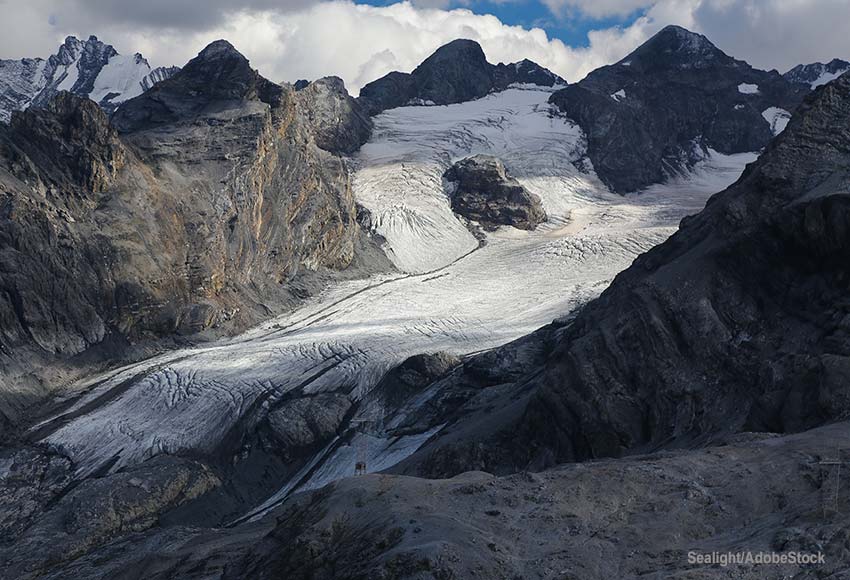FAQ about Glaciers

10. What other planets in the Solar System have glaciers?
Mercury . It is the closest planet to the Sun. However, even though it is at a high temperature to have ice, Mercury has very deep craters that never see sunlight and are always cold. (This assumes the existence of a glacier)
Mars . Both poles of the planet have ice caps that increase and decrease with the passing of the seasons. These ice caps are mostly made up of water. During winter, near the poles, carbon dioxide in the atmosphere freezes and falls to the surface.
Uranus and Neptune. They contain ice crystals composed of methane, located in the atmosphere of both. These planets also have methane, ammonia and water in the form of ice inside them. This is why they are known as “ice giant” planets.
Pluto . Your soil is made of frozen oxygen and nitrogen. In 2016, NASA’s New Horizons mission discovered a mountain range on Pluto that has ice and methane snow on top.
Note: information taken from NASA’s Space Place page
FAQs about glaciers
1. What are glaciers, how long do they take to form and retreat?
2. What is the difference between a glacier, an iceberg and an ice pack?
3. What benefits do glaciers provide us?
4. Why are glaciers and other ice the Earth’s sunscreens?
5. What would happen if all the glaciers on Earth melted?
6. Did you know that Venezuela is the first country in the world to lose its last glacier?
8. How many glaciers are there on Earth and which are the highest?
Other sections of Glaciers
Video Gallery
The Planets In Our Solar System
